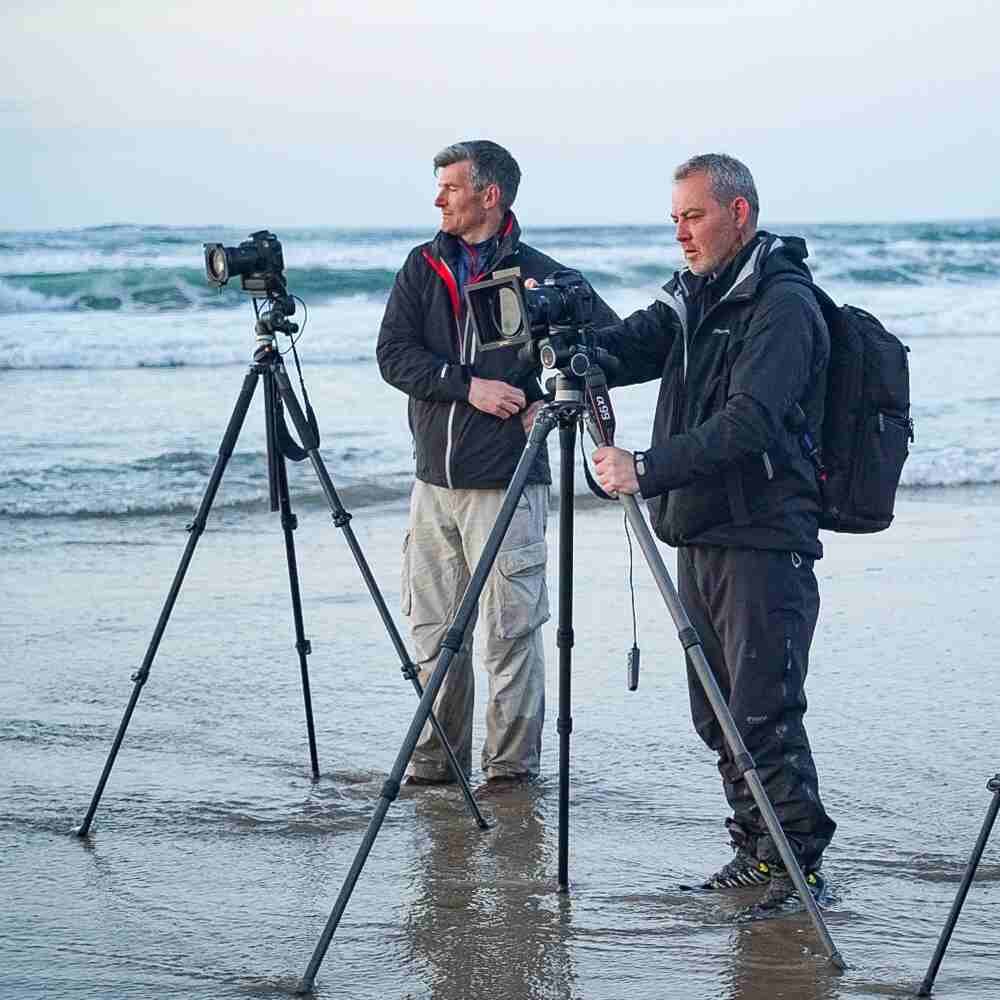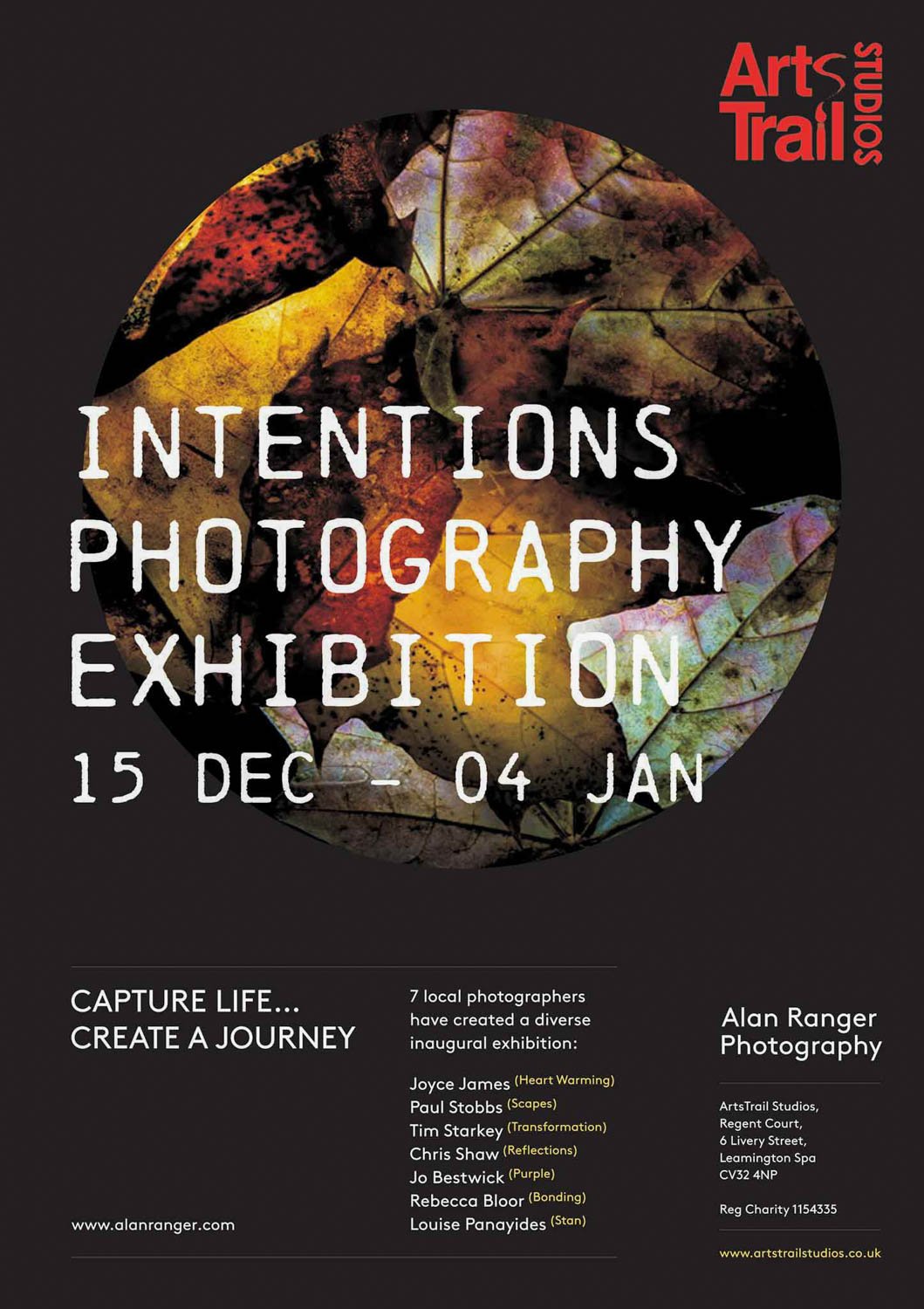Unlocking Your Creative Potential in Landscape Fine Art Photography
To embark on your own journey in fine art landscape photography, consider the following tips and strategies to unlock your creative potential. Keep in mind the different types of landscape that can be captured through your lens:
1. Develop a Personal Vision
Before diving into fine art landscape photography, take the time to develop your personal vision. Reflect on the emotions, stories, or messages you want to convey through your landscape photography. Consider the themes, subjects, or visual styles that resonate with you and inspire your creativity. Developing a clear vision will guide your artistic choices and help you create a cohesive body of work.
2. Study and Learn from Masters
Immerse yourself in the world of fine art landscape photography by studying the works of renowned landscape photographers. Analyse their techniques, compositions, use of light, and visual storytelling. Learn from their expertise and incorporate their insights into your own creative process. By studying the masters, you can gain valuable inspiration and refine your artistic skills.
3. Experiment with Techniques and Perspectives
Don't be afraid to experiment with different techniques and perspectives in your fine art landscape photography. Try long exposures to capture the movement of water or clouds, play with creative compositions to add visual interest, and explore alternative viewpoints to offer a fresh perspective. Embrace the unexpected and allow yourself to push the boundaries of your creativity.
4. Refine Your Editing Skills
Editing is an integral part of fine art landscape photography. Invest time in honing your editing skills to bring out the best in your landscape photography images. Experiment with different editing styles, colour grading techniques, and creative effects to enhance the mood, atmosphere, and visual impact of your photographs. Remember, editing should always serve the purpose of conveying your artistic vision and emotions.
5. Seek Feedback and Learn from Others
Engage with the fine art landscape photography community and seek feedback on your work. Join photography forums, participate in critiques, and share your images with fellow photographers. Constructive feedback can help you refine your artistic choices and gain valuable insights into improving your craft. Additionally, learning from others and being open to new perspectives will expand your artistic horizons and inspire further growth.







































